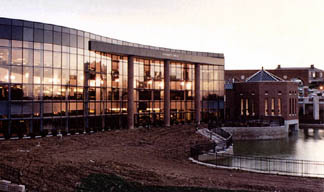Introduction
Lincoln University is one of the oldest historically black colleges and universities (HBCU) in the United States. It was founded by African American veterans of the Civil War. The history of the school dates back to 1866 when the men of the 62nd and 65th United States Colored Infantries, along with their white officers, established the university for the higher education needs of freed African Americans. It was then known as the Lincoln Institute. The fundamental idea for setting up the institution was to combine labor and study. The institute started offering classes in 1866 from an old building in Jefferson City. The institute moved to its present campus in 1869. The curriculum was modified in 1877 to offer college-level work and in 1879, the institute became a state institution. In 1921, the name of the institute was changed to Lincoln University.
Presently, Lincoln University has a diverse student body and offers undergraduate and master’s degree programs. The university is comprised of seven colleges: College of Agricultural and Natural Sciences, College of Arts and Letters, College of Behavioral and Technological Sciences, College of Professional Studies, Division of Continuing Education and Extended Studies, Office of Graduate Studies, and Office of Sponsored Research and Grants. The university’s main campus is spread over 169 acres in Jefferson City, MO and features the Clement Richardson Fine Arts Center, Martin Luther King Hall, William J. Thompkins Center, Dwight Reed Football Stadium and Athletic Complex, Allen Hall, Dickinson Research Center, and Inman E. Page Library.
Lincoln University is accredited by the Higher Learning Commission of the North Central Association.

